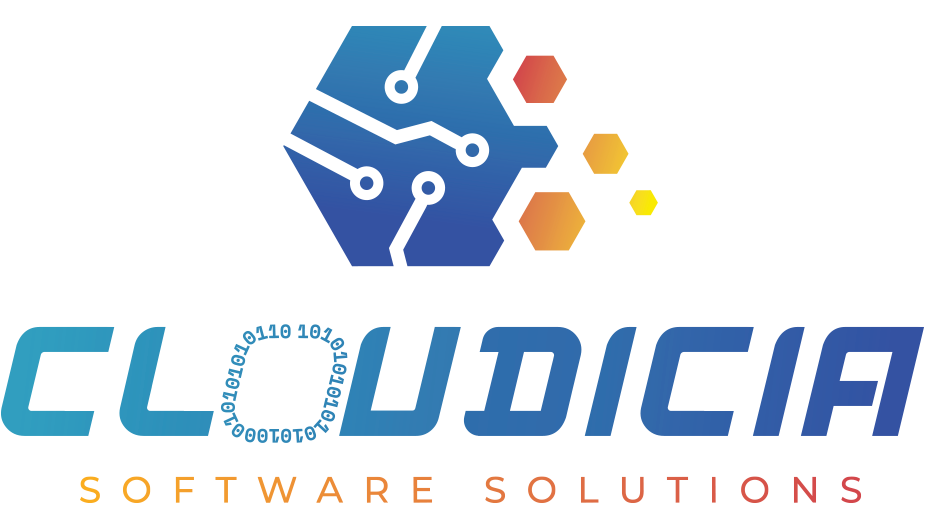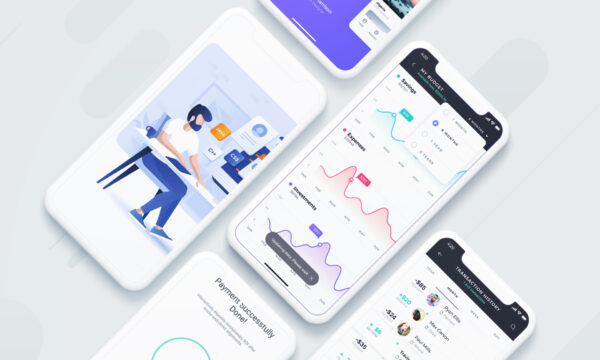How IoT is Revolutionizing Transformer Monitoring and Maintenance
Introduction
Electrical transformers play a crucial role in power distribution, ensuring a stable and uninterrupted electricity supply. However, transformers are prone to failures due to insulation breakdown, overheating, oil degradation, and mechanical wear. Traditional transformer maintenance relies on periodic inspections, which are often reactive rather than proactive. This approach can lead to unexpected failures, costly repairs, and downtime.
The Internet of Things (IoT) is transforming transformer monitoring and maintenance by enabling real-time data collection, remote diagnostics, and predictive maintenance. With IoT-driven solutions, power utilities and industries can now prevent failures before they happen, optimize maintenance schedules, and improve operational efficiency.
The Limitations of Traditional Transformer Maintenance
Traditional transformer maintenance follows a time-based approach, where inspections and servicing occur at fixed intervals. However, this method has significant drawbacks:
- Delayed Fault Detection – Many issues, like insulation degradation and overheating, develop gradually and remain unnoticed until they cause failures.
- Unnecessary Maintenance – Regular scheduled maintenance can lead to servicing of transformers that don’t require attention, increasing costs.
- Limited Real-Time Monitoring – Manual inspections rely on periodic checks, making transformers vulnerable between inspections.
To overcome these challenges, AI-driven transformer monitoring solutions like TransMonix are enabling smarter, data-driven maintenance.
How AI is Transforming Transformer Monitoring
For decades, transformer maintenance followed a time-based approach, where servicing was scheduled at fixed intervals. However, this method presents significant challenges:
- Inconsistent Monitoring: Manual inspections provide only periodic data, leaving transformers vulnerable between checks.
- Unnecessary Maintenance Costs: Some transformers may receive servicing even when it is not needed, increasing labor and operational expenses.
- Sudden Failures: Since issues like oil degradation, insulation breakdown, and bushing failures develop gradually, they can go undetected until they cause major failures.
To address these challenges, IoT-enabled transformer monitoring provides real-time visibility into transformer health, allowing for data-driven decision-making and proactive maintenance strategies.
Cloud-native architecture enablesagility, scalability, and resiliencefor businesses
How IoT is Transforming Transformer Monitoring and Maintenance
-
1. Real-Time Data Collection and Transmission
IoT sensors continuously collect and transmit critical transformer data, such as:
- Voltage, current, and power fluctuations
- Oil temperature and moisture content
- Winding hotspot temperature
- Load conditions and power factor
- Oil levels and insulation status
This data is transmitted to a cloud-based platform via Wi-Fi, LPWAN, or cellular networks, ensuring instant access to transformer health insights from anywhere.
2. Remote Monitoring and Fault Detection
Unlike traditional inspections that require on-site visits, IoT-powered monitoring systems allow operators to track transformer conditions remotely. This significantly reduces the need for manual checks and enables:
- Instant anomaly detection based on real-time data.
- Automatic alerts when critical parameters exceed safe limits.
- Preventive actions before small issues escalate into major failures.
3. Predictive Maintenance and Condition-Based Monitoring
IoT-driven systems leverage real-time analytics to predict when a transformer might fail. Instead of relying on scheduled maintenance, condition-based monitoring ensures that servicing is done only when necessary, optimizing maintenance costs and reducing downtime.
For example, if IoT sensors detect a sudden rise in oil temperature, they can trigger an alert, prompting engineers to inspect potential causes such as:
- Overloading
- Cooling system failure
- Oil contamination
This approach helps industries take timely corrective actions, extending transformer lifespan and preventing outages.
4. Automated Alerts and Cloud Integration
IoT-based transformer monitoring integrates with cloud platforms, allowing utility operators to access dashboards and receive alerts via mobile devices or computers. The system automatically notifies technicians when:
- Voltage fluctuations exceed safe levels
- Oil levels drop below the recommended threshold
- Winding temperatures rise abnormally
- Insulation resistance declines
This enables faster decision-making and immediate corrective measures.
5. Enhancing Grid Reliability and Operational Efficiency
By implementing IoT-enabled transformer monitoring, power utilities can:
- Prevent blackouts by detecting failures before they occur.
- Improve resource allocation by prioritizing transformers that need urgent maintenance.
- Optimize energy distribution by balancing transformer loads in real time.
The Future of IoT in Transformer Management
As IoT technology advances, future innovations in transformer monitoring will include:
- AI-powered analytics for automated fault prediction.
- 5G-enabled sensor communication for faster data transmission.
- Blockchain-based security protocols for tamper-proof monitoring.
- Digital twin integration, where virtual models of transformers provide deeper insights into performance.
Conclusion
IoT is revolutionizing transformer monitoring and maintenance by offering real-time visibility, predictive analytics, and automated fault detection. By eliminating inefficiencies of traditional methods, IoT-powered solutions enhance reliability, optimize maintenance schedules, and reduce operational costs.








